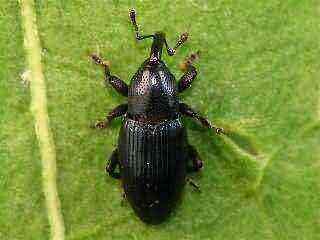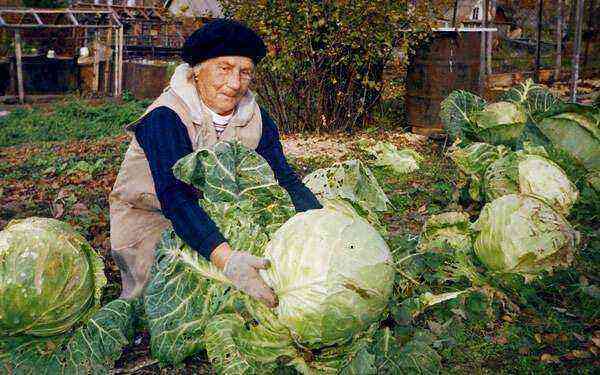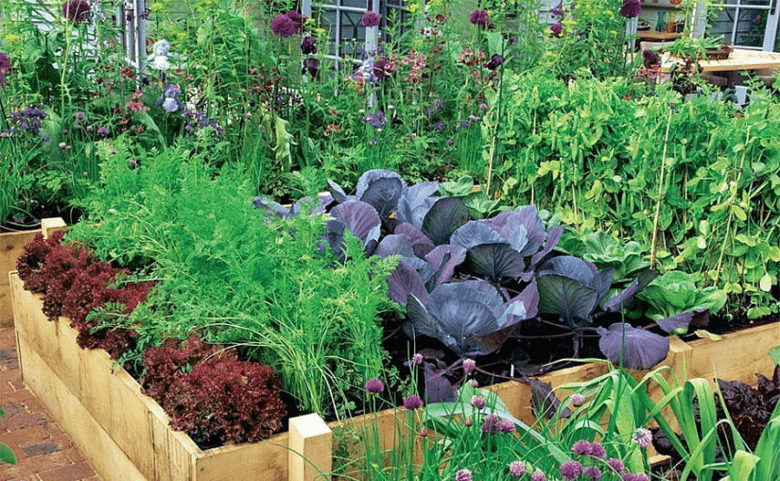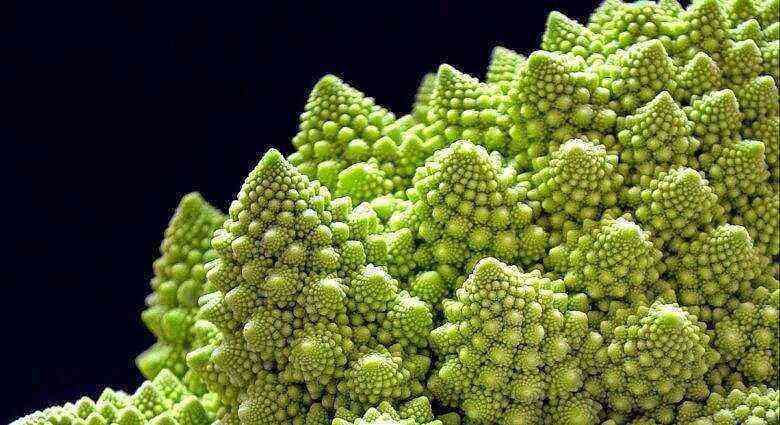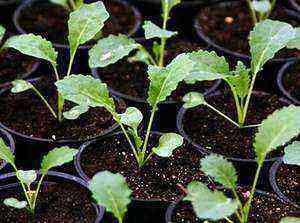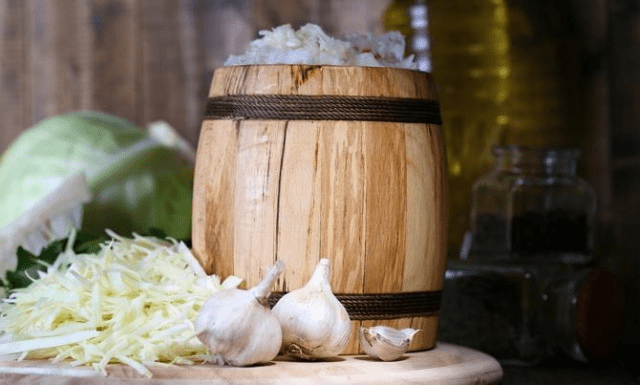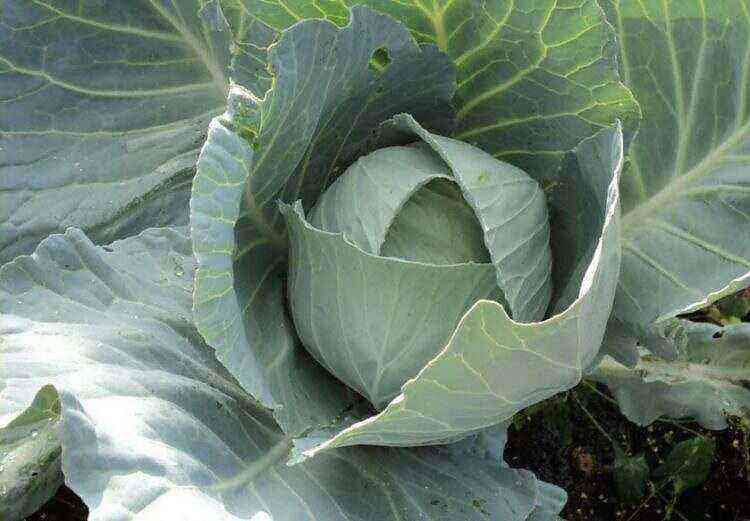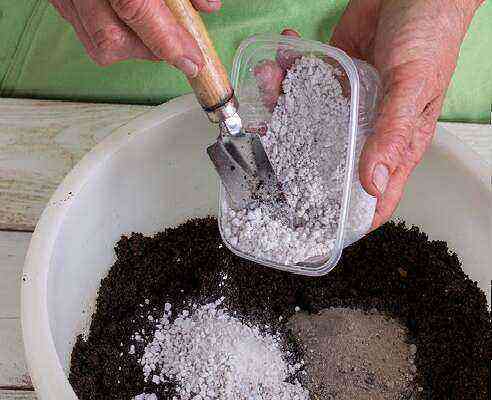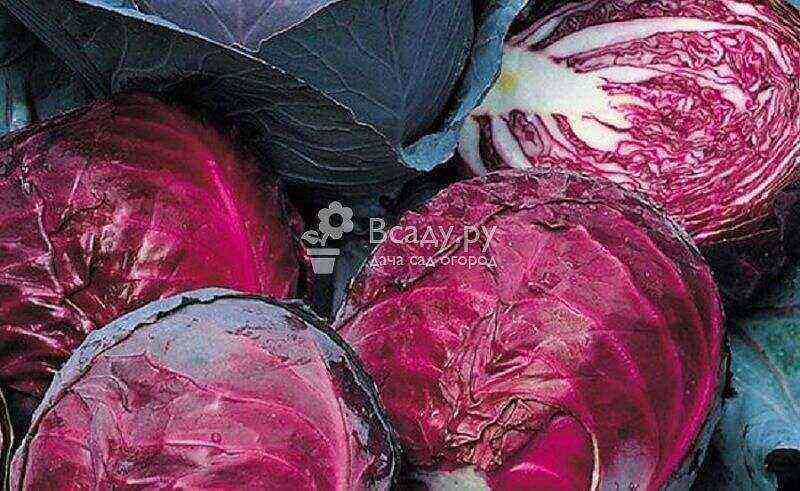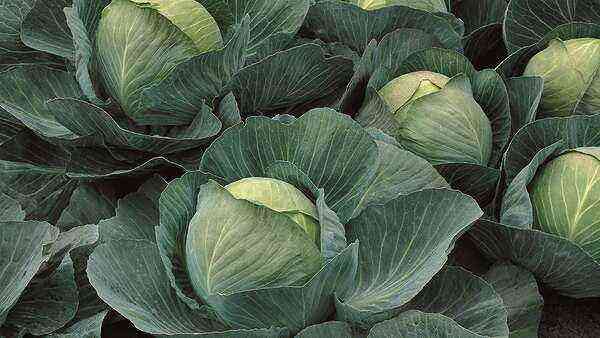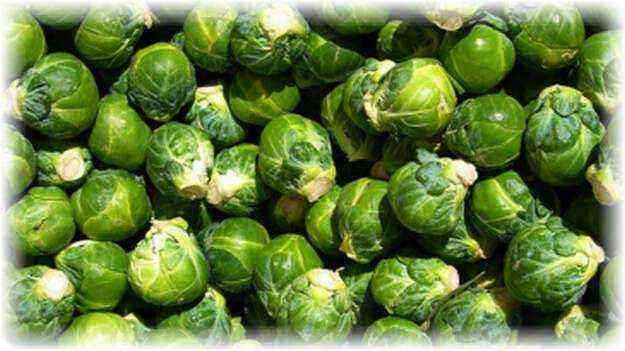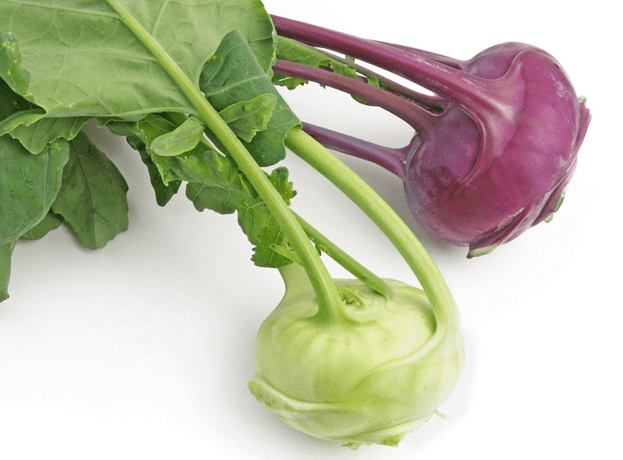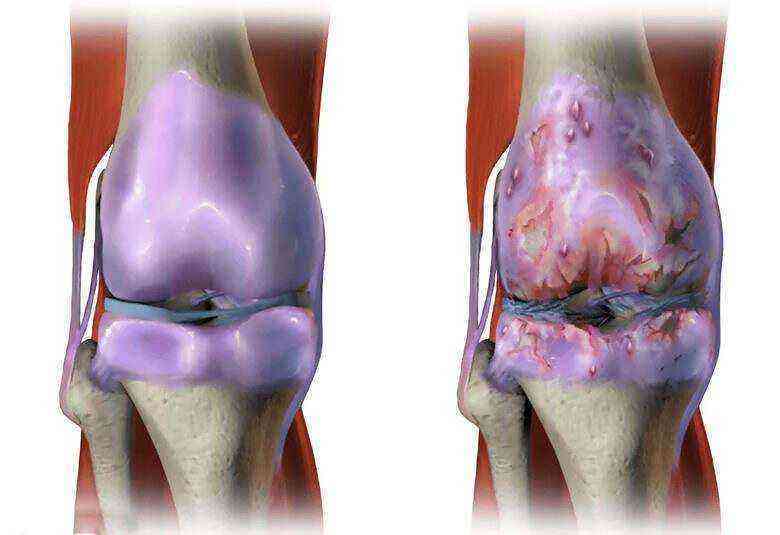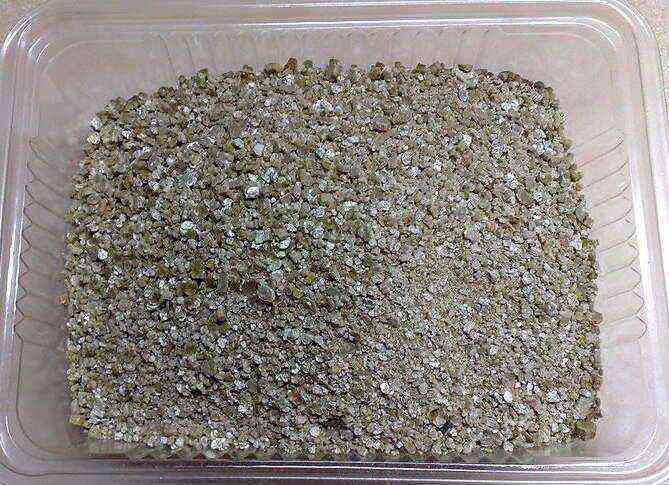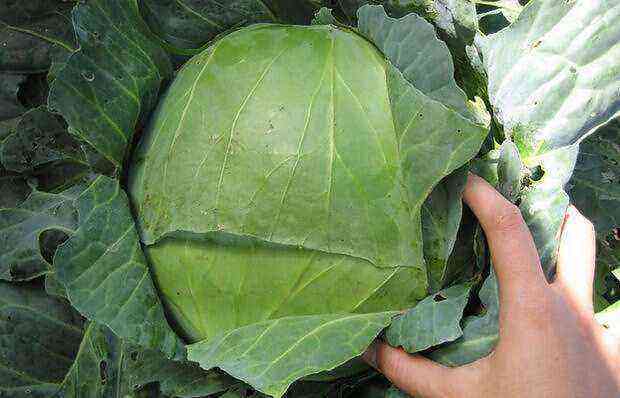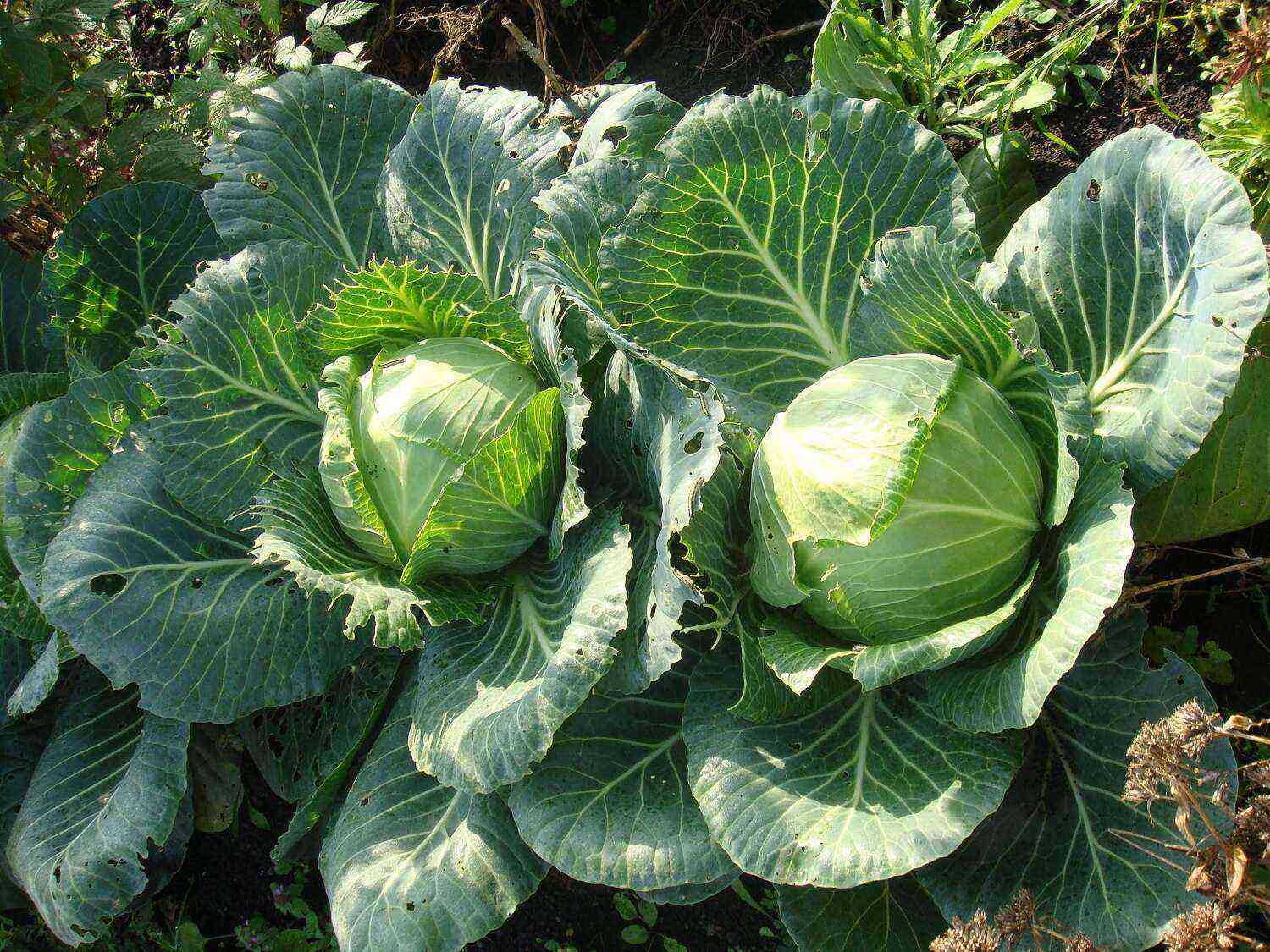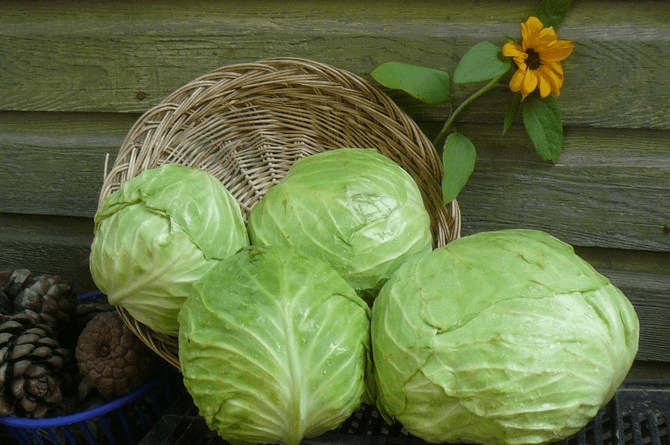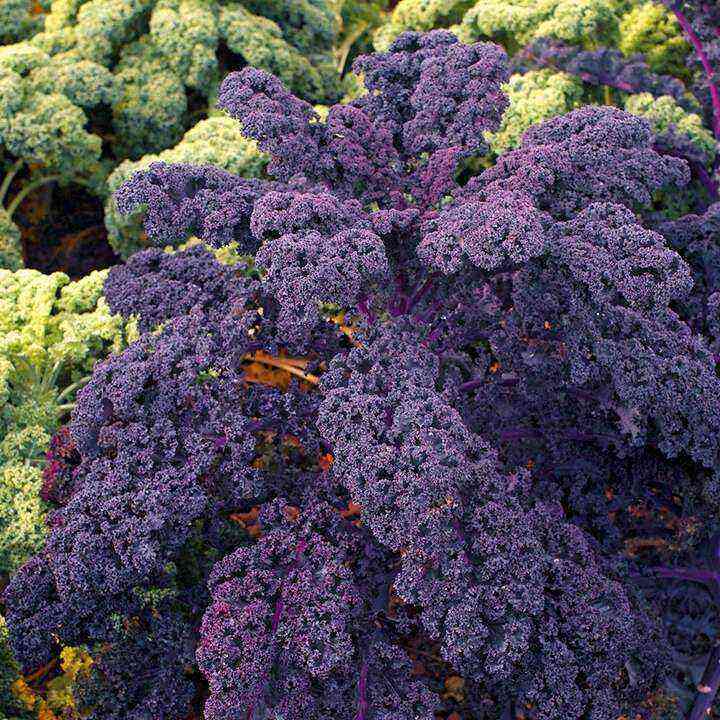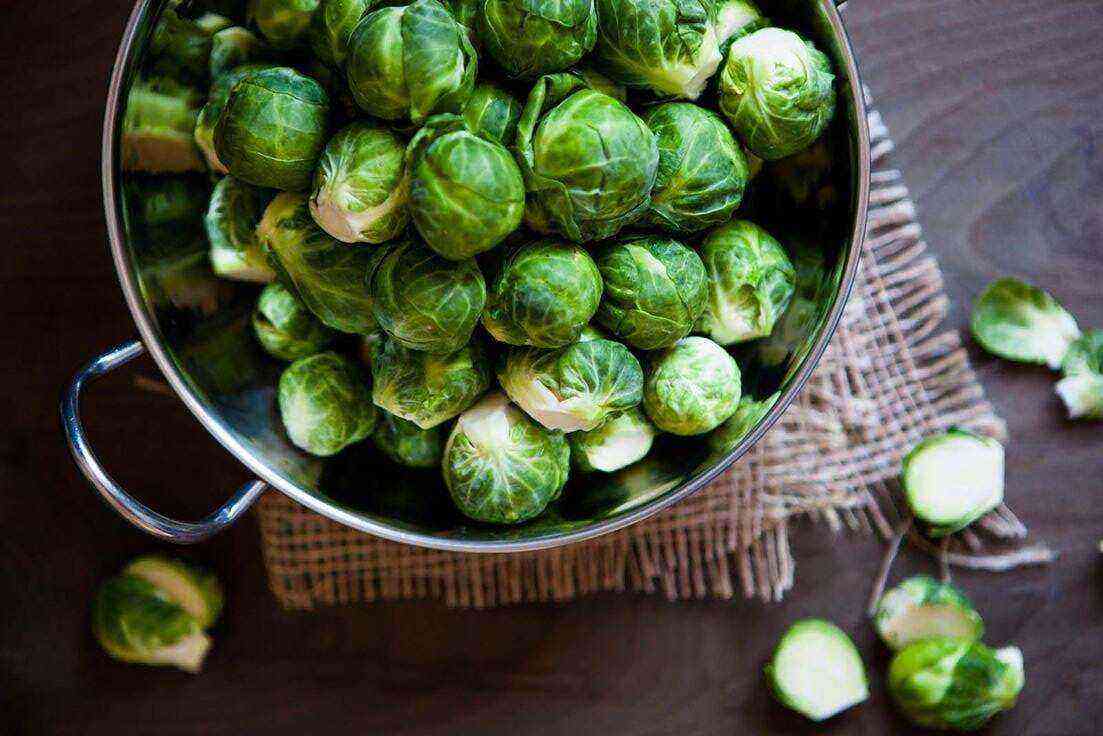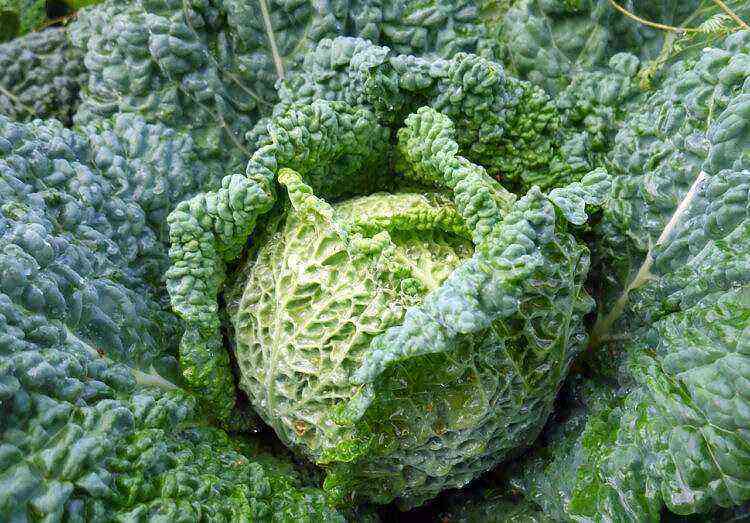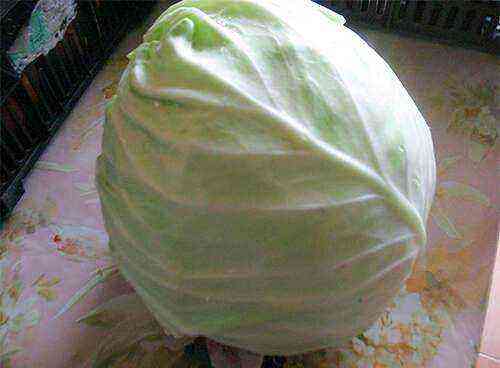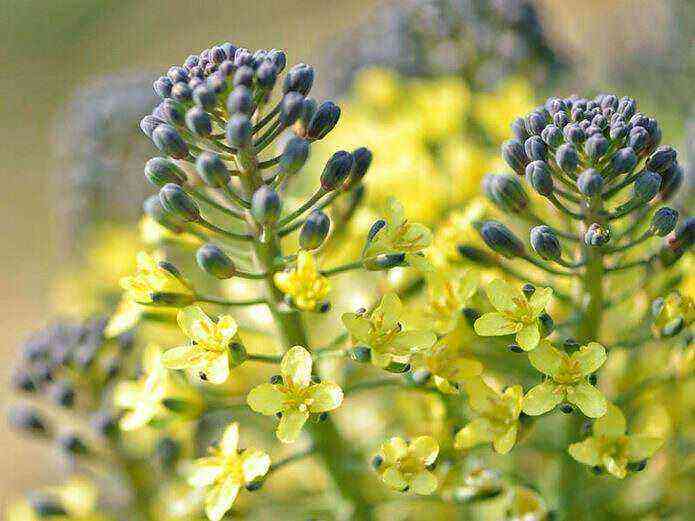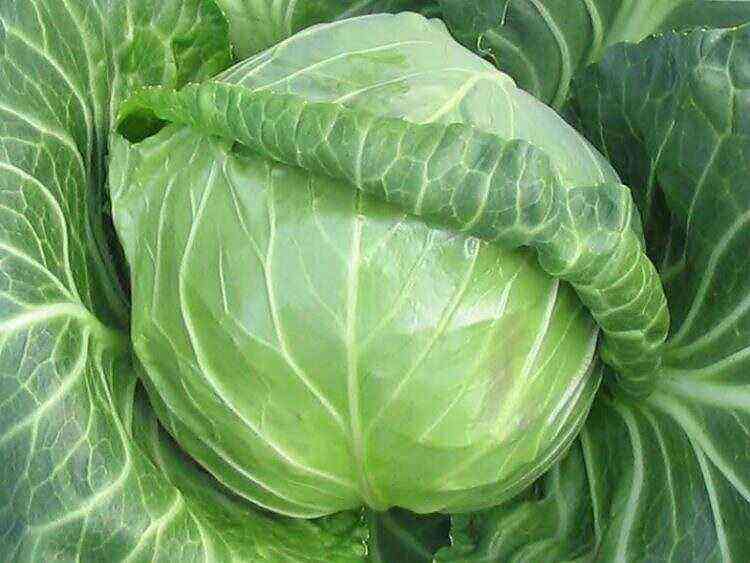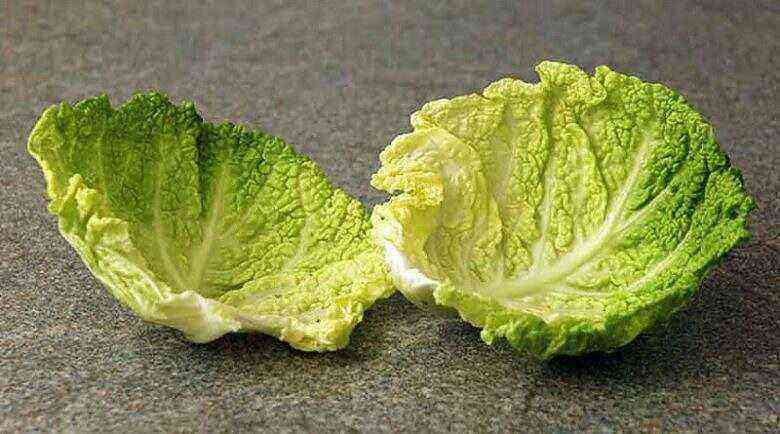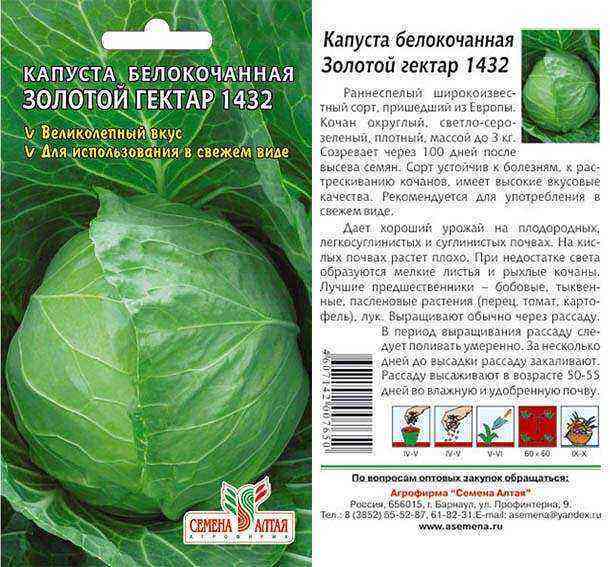Growing cabbage seedlings in a snail
Terms of sowing seeds
First you need to choose a variety. I try different varieties all the time, but it is better to choose resistant to diseases and insects.
For seedlings, it is very important to choose the right sowing time. It makes no sense to start too early, in January or February, since no more than 10 days pass before the first shoots appear, and about 35-40 days before transplanting into open ground or a greenhouse.
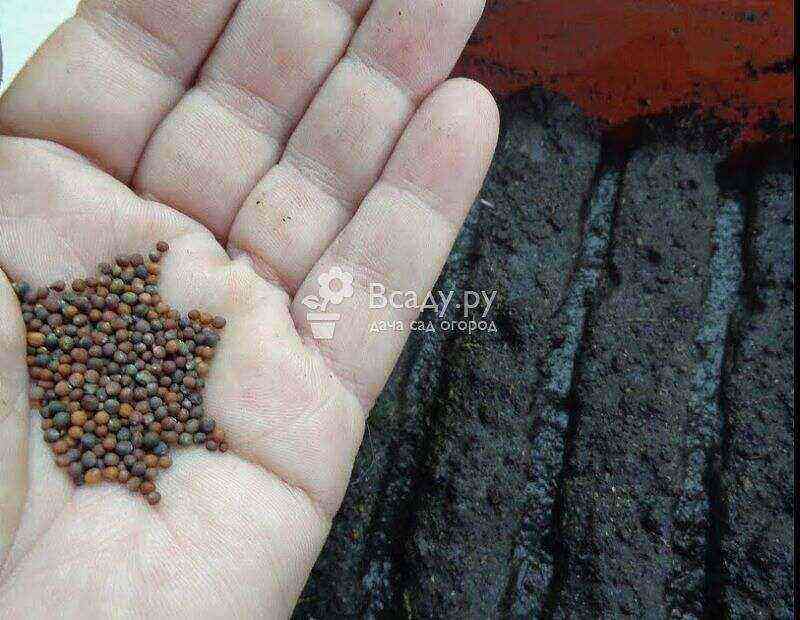
Depending on the cultivar and the climatic conditions of the region, the sowing period varies from late March to mid-April. It is important to consider that too early or late sowing will negatively affect the quality of the seedlings – it will stretch out, or be too weak. This will lead to plant death, or permanent disease.
Methods for sowing white cabbage for seedlings
There are many sowing methods, but not all produce excellent seedling quality. For myself, I noted the three best sowing methods:
- in the tray;
- snail;
- without diving;
I will dwell on each of them separately, and tell you in detail about their advantages and disadvantages.
Sowing in a regular container
This is the classic planting method favored by many gardeners. But it should be borne in mind right away that it provides for a pick.
First of all, I am engaged in the preparation of seeds. I soak them in a weak solution of potassium permanganate for 10 minutes, if there is no manganese, I use a 1% solution of copper sulfate.
If I buy seeds, then I choose pelleted ones. That is, covered with a special colored shell. It contains disinfectants and nutrients that accelerate germination. Such seeds do not need processing.
Pour soil into a shallow container, for example, into a tray, filling it by about a third. I recommend taking the more nutritious one from the store, as it is more suitable for our purposes. We also treat the soil with disinfectants – manganese solution, or copper. This procedure is needed to reduce the likelihood of a black leg infection.
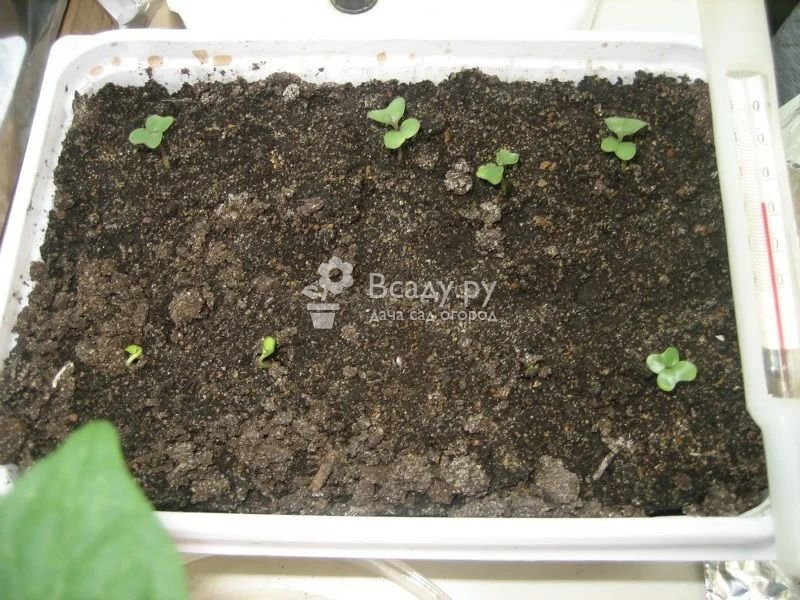
We moisten the soil well; for the germination of cabbage seeds, a lot of water is needed, about 50% of their weight. Then we make depressions on the surface of the soil, and plant prepared seeds in them.
Cabbage seedlings tolerate thickening well, so you can sow thickly. We cover everything with a thin layer of earth, no thicker than 1 cm, cover the tray with cling film to create a greenhouse effect. I recommend placing the seedlings on a glass loggia or balcony, where there is a lot of light, the required temperature and humidity.
I make a pick at the moment the cotyledon leaves appear. For young plants, this is a traumatic procedure that significantly slows down the growth of seedlings in the future, so I rarely resort to this method.
Sowing cabbage seeds “in snails”
This is a relatively new method, which at one time turned the idea of growing seedlings upside down. It is used not only for cabbage, but also for other vegetables and flowers.

The main advantage of this method is a small area for placing a large number of plants. Does it seem impossible?
For this growing method, we need to make an unusual container ourselves. To do this, we take dense polyethylene, linoleum, or a substrate for the laminate, you need a waterproof, soft and porous material. I usually use a tape 10 cm wide and 1-1,5 m long.
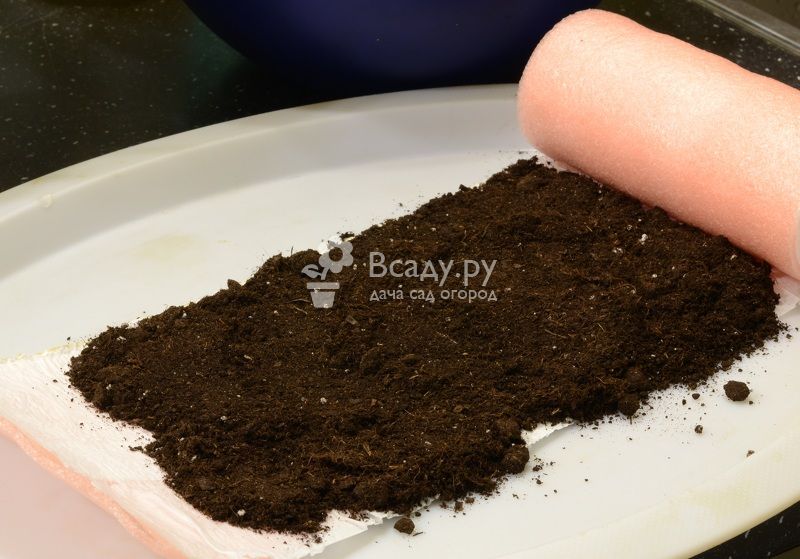
We fill up the soil with a thickness of up to 1 cm over the entire width of the strip of material, compact and moisten it. We plant the seeds, slightly deepening them into the ground, stepping back 1,5 cm from the edge and keeping a distance of 1-2 cm between each other.
Fill the entire length of the tape evenly and twist it neatly into a roll. I advise you to do this gradually, which will allow you to carry out this procedure on a small work surface, and prevent the soil from spilling with already sown seeds.
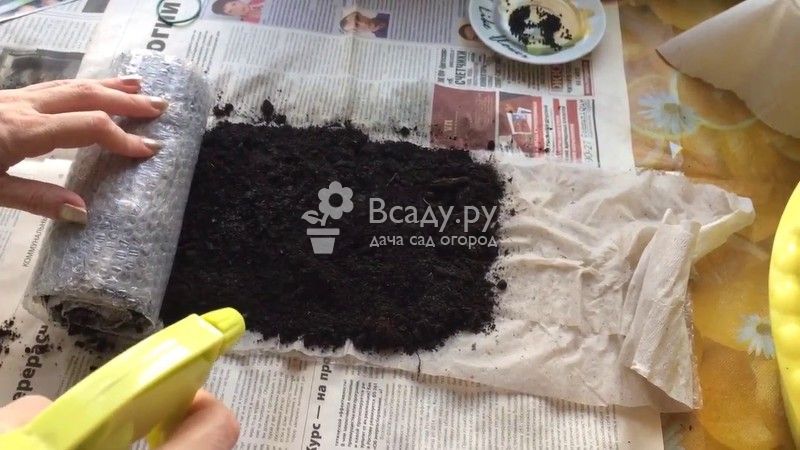
Having formed a snail, it must be fixed with an elastic band and placed in a suitable container. I use a plastic bowl, the bottom of which I pre-lay with wet sand, sawdust, or hay.
I pour warm water on the snail itself, and pour a little into the container. Then I tightly cover the entire structure with cellophane to create a greenhouse effect. Please note that you should place the roll in such a way that the seeds are at the top, not at the bottom. Otherwise, all seedlings will die.
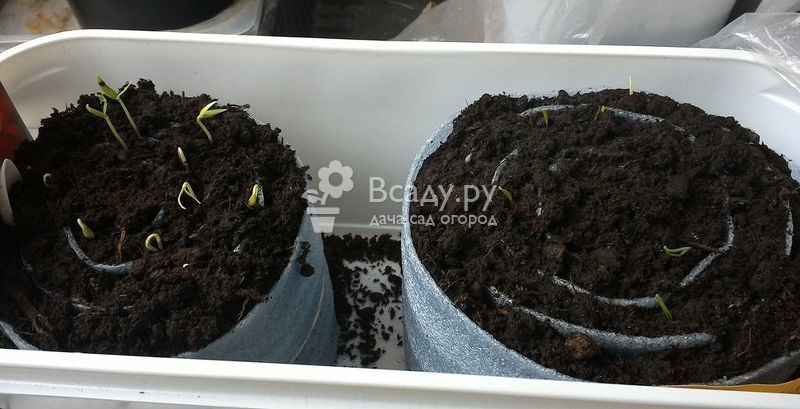
The disadvantages of this method also include diving. The only difference is that it is a little easier to do this procedure in a snail. You need to carefully unfold the snail, moisten the soil to make it softer, and alternately transplant the strongest seedlings in separate cups.

We grow cabbage seedlings without diving
If you do not want to engage in picking seedlings, and you want to get the strongest possible seedlings on time, then this method is ideal. Its main advantage is in the elimination of shock for the plant and the possibility of injury to the root system, which reduces the likelihood of diseases.

In this case, the seedlings are grown in separate cups initially. In order for the seeds to germinate better, I advise you to place them between two wet wipes and leave them in this form for 3-4 days. During this time, they will swell, and some will even sprout. In this form, they can be planted in containers, deepening by 1-1,5 cm.
For cultivation, you can buy special peat cups. But I chose for myself seedling trays, which I buy, or make myself from egg trays. I place the seeded container in a box, having previously laid the bottom with hay, grass, or simply with a film so that the soil does not spill out through the holes. This will make it easier to carry the seedlings and save space.
Care of seedlings
It doesn’t matter which growing method you choose, you need to prepare the seeds and soil as described above, and also follow the basic rules of care. Temperature and lighting play an equally important role in getting strong seedlings.
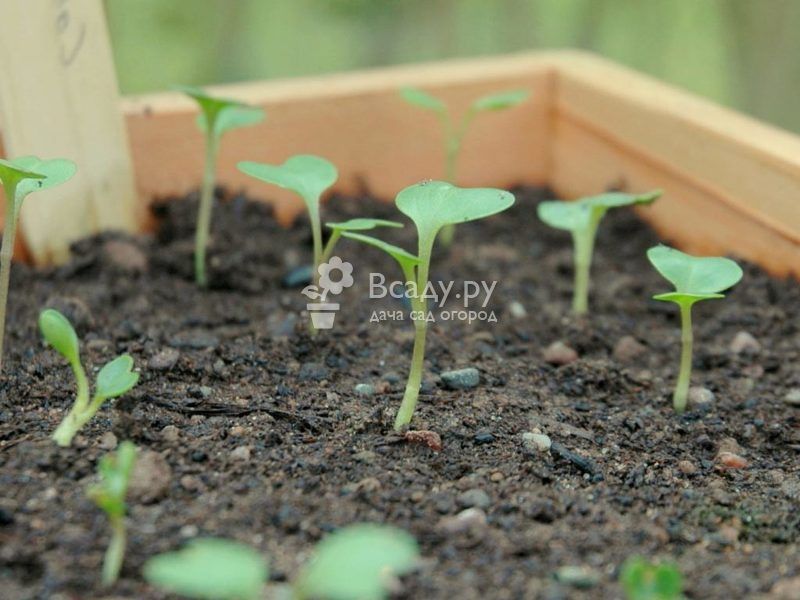
The optimal daylight hours for cabbage seedlings is 12 hours, so in the spring they need additional lighting. The room temperature should be kept between 18-20 degrees Celsius during the day and 8-10 degrees Celsius at night.
These conditions will not allow your seedlings to stretch out. The root system will develop steadily, and the plant will not spend all its energy on the growth of green mass.
Rules for feeding cabbage seedlings
If you use land taken from the garden, and not an earthen mixture (garden soil mixed with humus or vermicompost, in a 1: 1 ratio), then I recommend feeding the soil after a dive, or when cotyledon leaves appear. For this I use one of the complex fertilizers: Fertika Lux, Krepysh, Zdoroven. Or I use natural dressings: yeast, ash, ammonia.
When using purchased land, I can do without fertilization, it is enriched with all the necessary micro and macro elements at the production stage. If the plants do not develop well, or you are not sure whether you need feeding or not, I recommend reducing the dosage by half of the recommended dose on the package, so as not to burn the young seedlings.
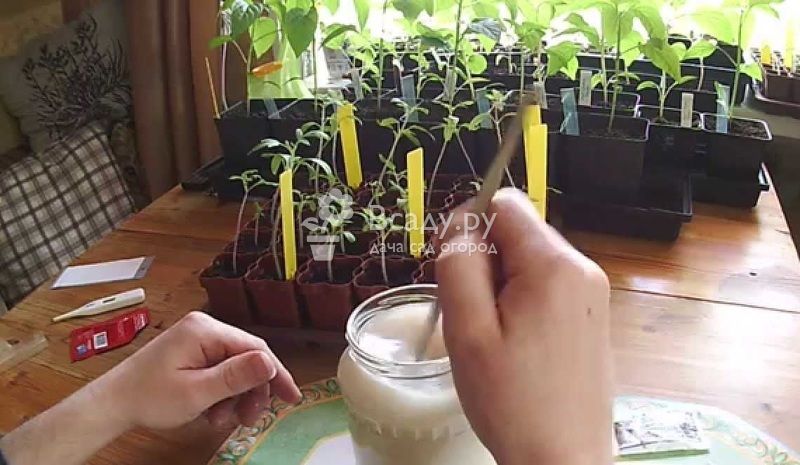
Most often, I feed cabbage with natural growth stimulants, namely yeast talker. The recipe is quite simple and not expensive.
For 1 liter of water, you need to take 10 g of dry yeast and 3 tbsp. l. Sahara. Move all the ingredients well and let them sit for 5 hours. The yeast is activated during this time, and when applied will create a good breeding ground for plants.
I recommend transplanting seedlings into open ground when it gets warmer. In the prepared holes, we place the seedling together with an earthen clod, drop in and moisten. Transshipment is the simplest and most convenient way to plant cabbage in open ground.
You can choose any of the methods for growing the seedlings, but it is best to avoid diving with any plants whenever possible. My recommendations will help you grow strong cabbage seedlings, and you will be surprised how this affects the yield of the vegetable crop.
